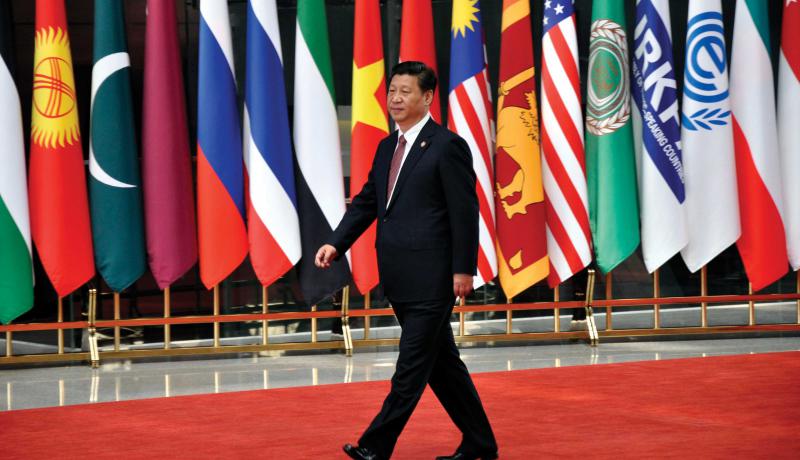
Yin Chengde, Research Fellow, China Foundation for International Studies
Jan 23, 2018
Xi Jinping’s thought on diplomacy has steered China’s diplomacy from success to success, and serves as a guide for maintaining world peace, and development.
Tung Chee Hwa, Chairman Emeritus, China-United States Exchange Foundation
Jan 19, 2018
Serious effort is needed to bridge the trust gap between the U.S. and China.
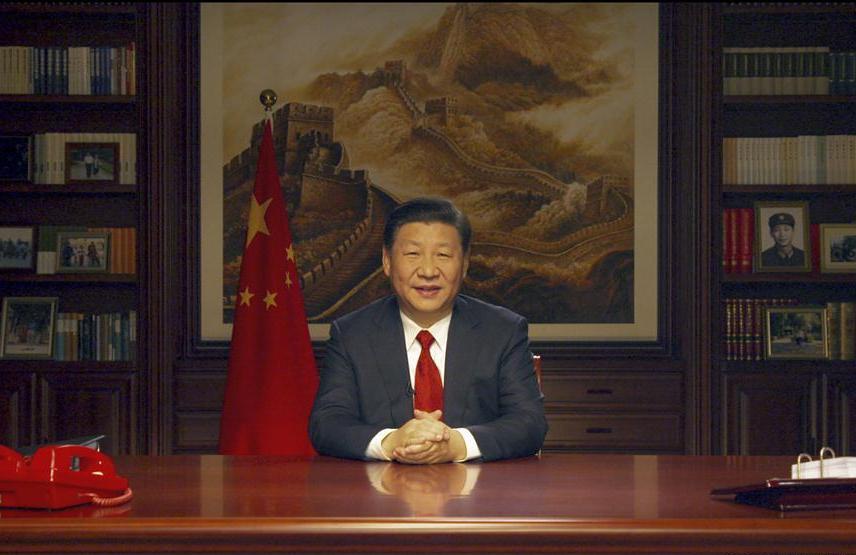
Yin Chengde, Research Fellow, China Foundation for International Studies
Jan 18, 2018
Xi Jinping’s thought on diplomacy has steered China’s diplomacy from success to success, and serves as a guide for maintaining world peace, and development.
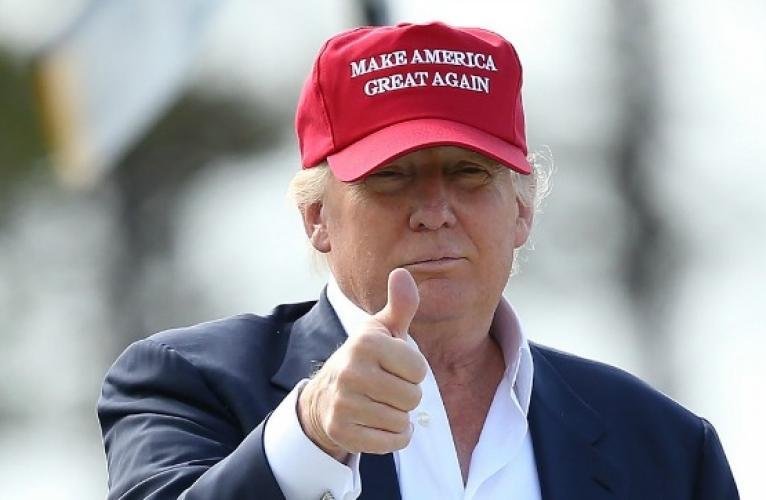
Sun Chenghao, Fellow, Center for International Security and Strategy of Tsinghua University; Munich Young Leader 2025
Jan 18, 2018
How has US foreign policy changed under Trump? The most revolutionary part of Trump’s foreign policy in the past year is his attitude and actions towards global governance, multilateral regimes, institutions and agreements.
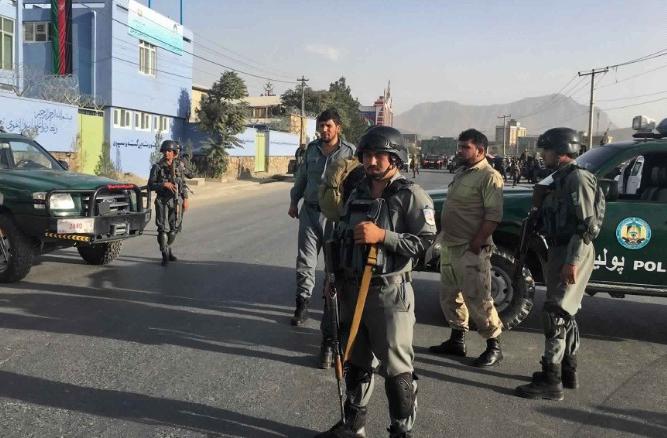
Kemel Toktomushev, Research Fellow, University of Central Asia
Jan 11, 2018
Beijing has long refrained from engaging militarily beyond its borders. However, as some recent reports suggest, this situation may soon change. Ferghana News reported that China will build a military base in the northern province of Afghanistan.
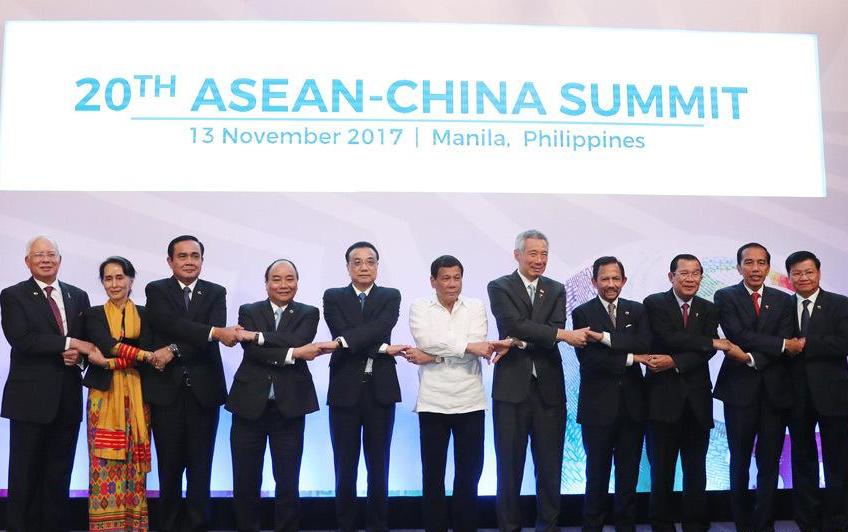
Richard Javad Heydarian, Professorial Chairholder in Geopolitics, Polytechnic University of the Philippines
Jan 11, 2018
ASEAN has ably brought together former rivals and among the world’s most (ideologically and socio-economically) diverse nations under a single roof. Yet, with the rise of China and the demise of the old American-led order, the ASEAN is facing an existential moment, which may require strategic soul-searching and major institutional reforms.
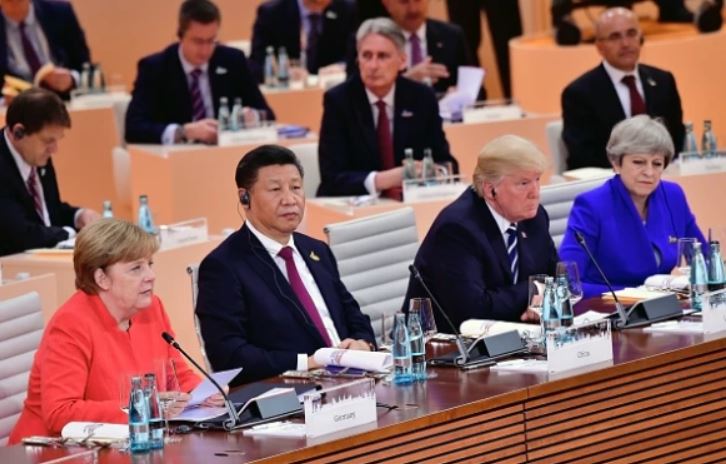
Zaki Laïdi, Professor, International Relations at Sciences Po
Jan 11, 2018
French President Emmanuel Macron is trying to advance a new kind of "offensive multilateralism." But unless the European Union as a whole embraces the cause, Europe risks becoming a casualty of China’s efforts to bend the multilateral system to its own will or, worse, Trump’s efforts to dismantle it altogether.
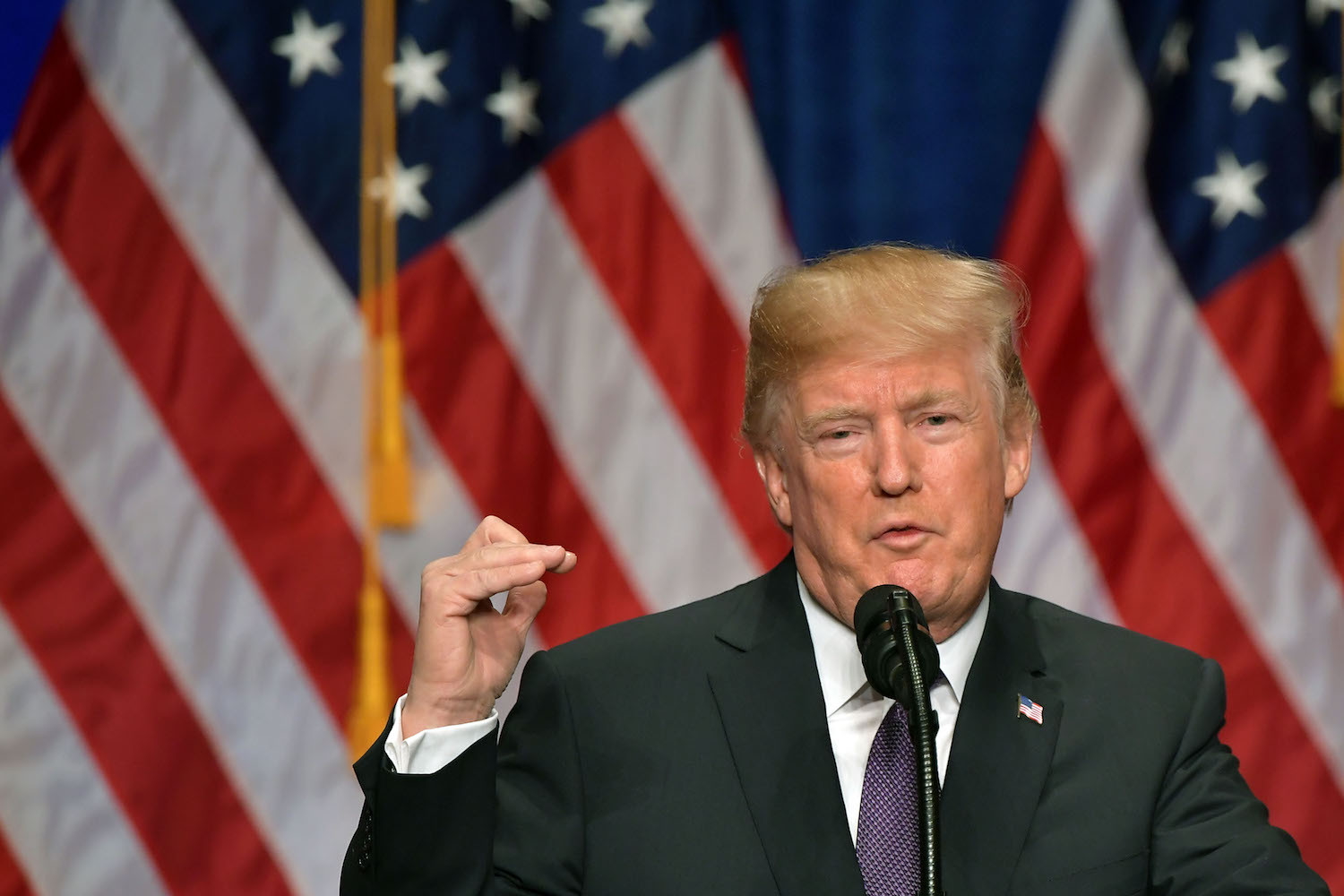
Ma Shikun, Senior Journalist, the People’s Daily
Jan 09, 2018
Why was the National Security Strategy Report so hostile to China?
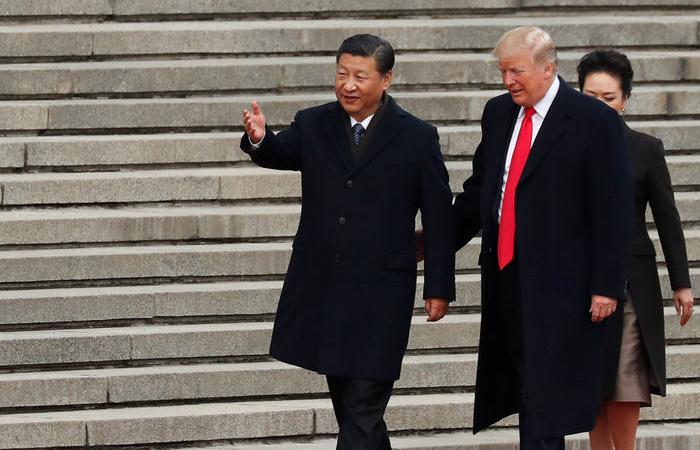
Eric Farnsworth, Vice President, COA, Washington D.C. Office
Jan 08, 2018
U.S. policy-makers must recognize that the most productive path forward is not to maneuver into constant conflict with China but rather to concentrate on our own competitiveness, to restore a sense of national unity, and to re-emerge from the current political cycle as an example of an open market democracy that others are both willing and able to emulate.
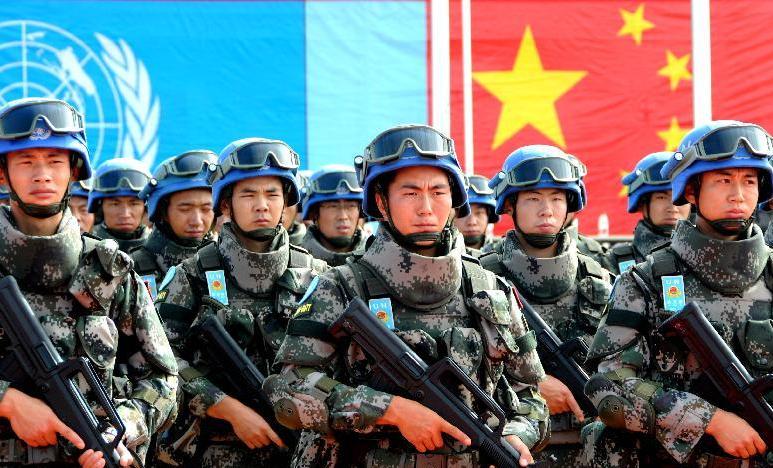
Zheng Yu, Professor, Chinese Academy of Social Sciences
Jan 04, 2018
What role does China play internationally? How will it use its international capabilities and military strength? With whom will it cooperate? These questions have been challenging observers since the beginning of this century.
Back to Top

- China-US Focus builds trust and understanding between the U.S. and China through open dialogue among thought leaders.
- Our Offerings
- Topics
- Videos
- Podcasts
- Columnists
- Research Reports
- Focus Digest
- Stay Connected
-
Thanks for signing up!
- Get the latest stories from China-US Focus weekly.